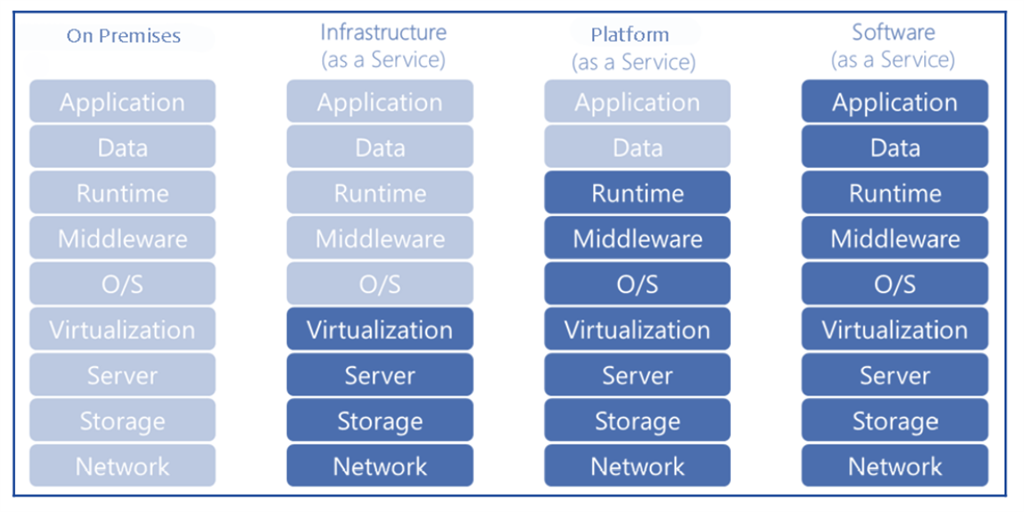Overview of Azure Services
Table of Content:
Overview of Azure Services
Azure provides cloud services that can be used to design and implement your customized cloud solution and infrastructure. They allow you to:
- Migrate on-premises datacenter to Azure cloud.
- Deploy cloud-based applications.
- Host workload in the Azure cloud.
- Integrate Azure cloud services with an on-premises infrastructure.
Azure cloud services can be categorized as Compute, Network, Data and Storage, App Services, etc. These are few to name and there are much more to help with Identity and Access Management, Automation, Security, Availability, etc.
Azure as IaaS (Infrastructure as a Service)
Allows the user to access, manage and monitor the data centers. Thus, giving complete control of the OS and the application platform stack to the developers.
-
The virtual machine can be completely modified to meet business requirements.
-
IaaS facilitates efficient design time portability. Hence an application can be migrated to Microsoft Azure without rework.
-
IaaS allows a quick transition of services to cloud, which helps the vendors to offer services to their clients easily.
IaaS is perfect for the applications where complete control is required.
Azure as PaaS (Platform as a Service)
The client is provided with the platform to develop and deploy software, without having to think about hardware and infrastructure. It takes care of most of the OS, servers and networking issues.
PaaS is fast with less hassle for developers; applications can go from idea to availability more quickly.
PaaS is cost-effective with lower upfront investment and less admin / management work for organizations.
PaaS lowers risk as platform is upto date with latest technology stack and tools for automation.
Azure as SaaS (Software as a Service)
Software as a service (SaaS) allows users to connect to and use cloud-based apps over the Internet, such as Office365.
SaaS customers use the software running on the provider’s infrastructure. SaaS is also referred as software delivered over the web.
Advantages:
- Gained access to sophisticated enterprise applications
- Pay only for what you use
- Use free client software
- Mobilise your workforce easily
- Access app data from anywhere

